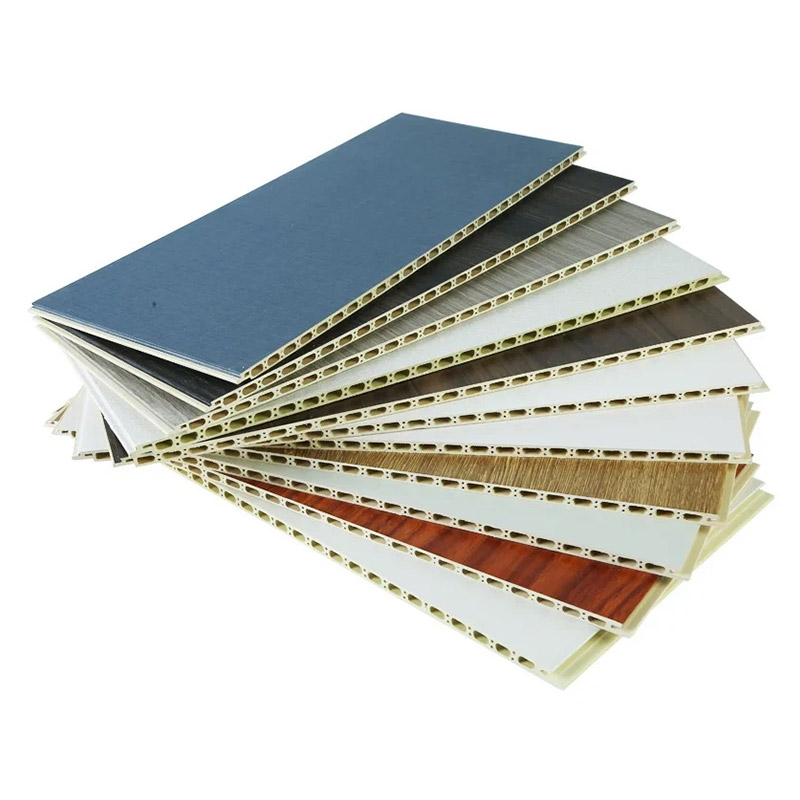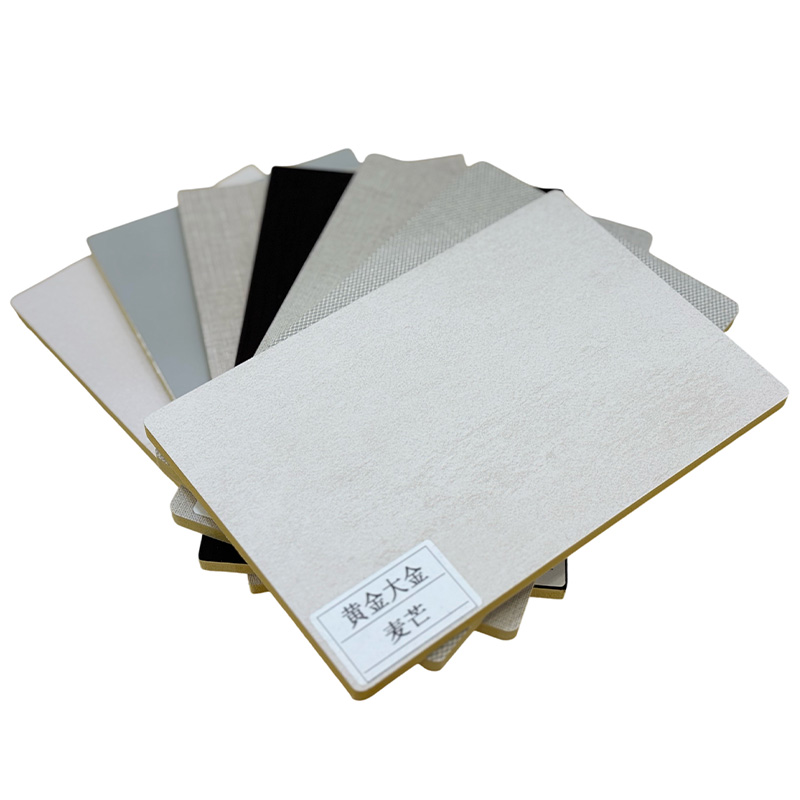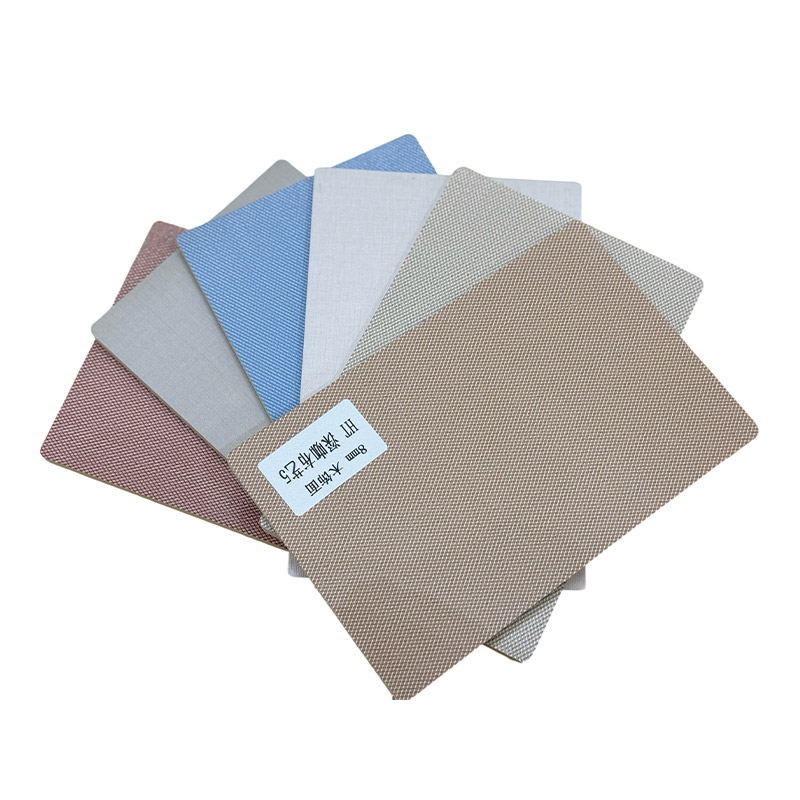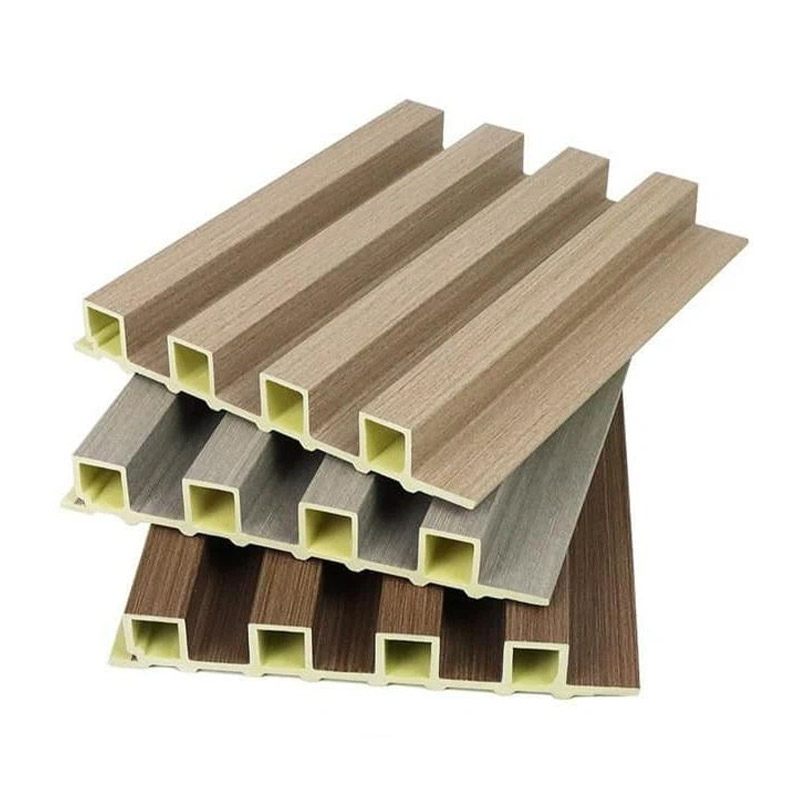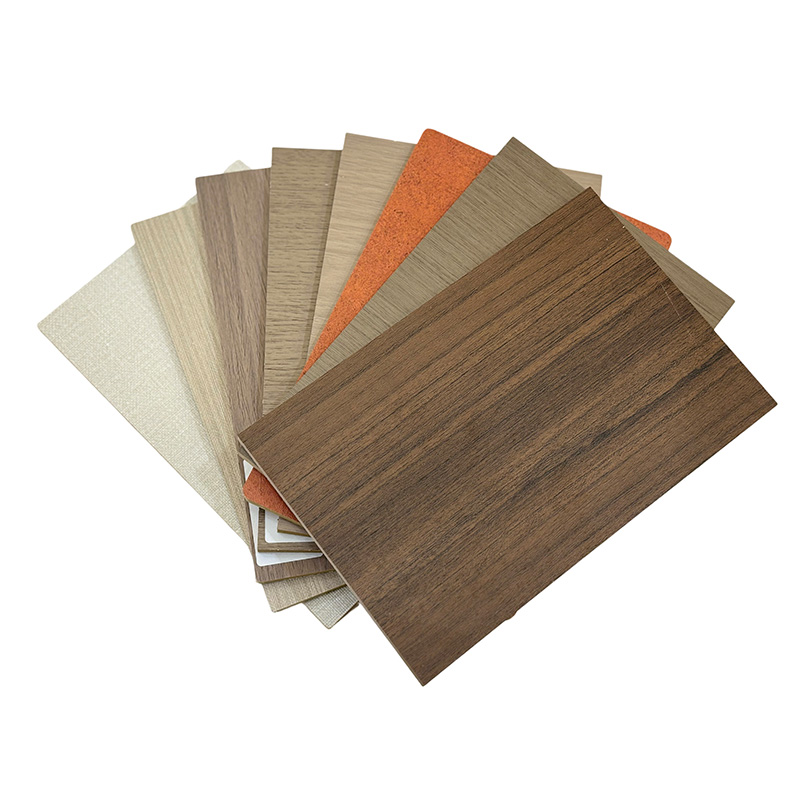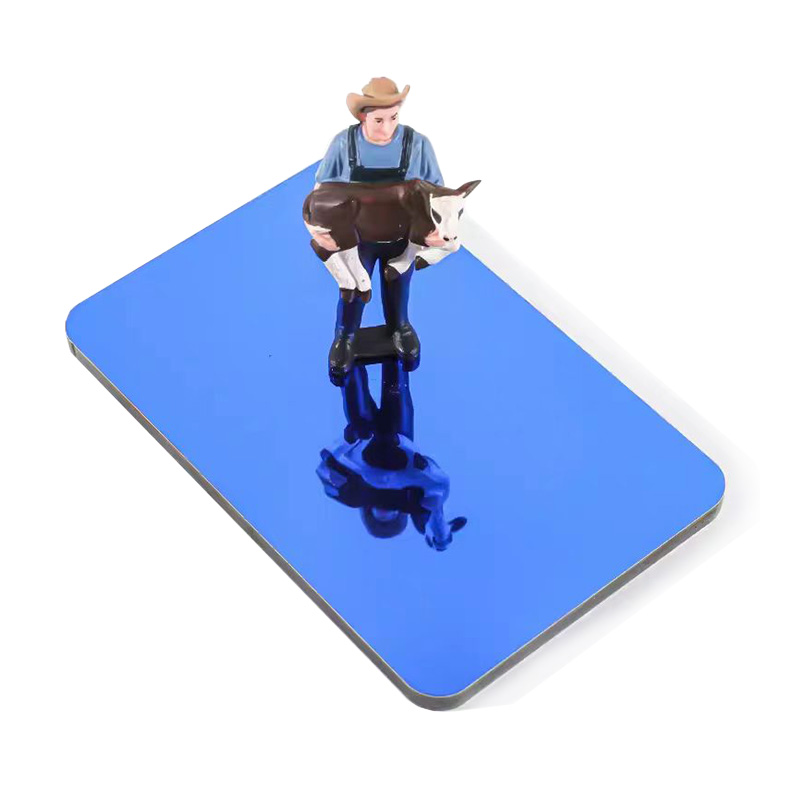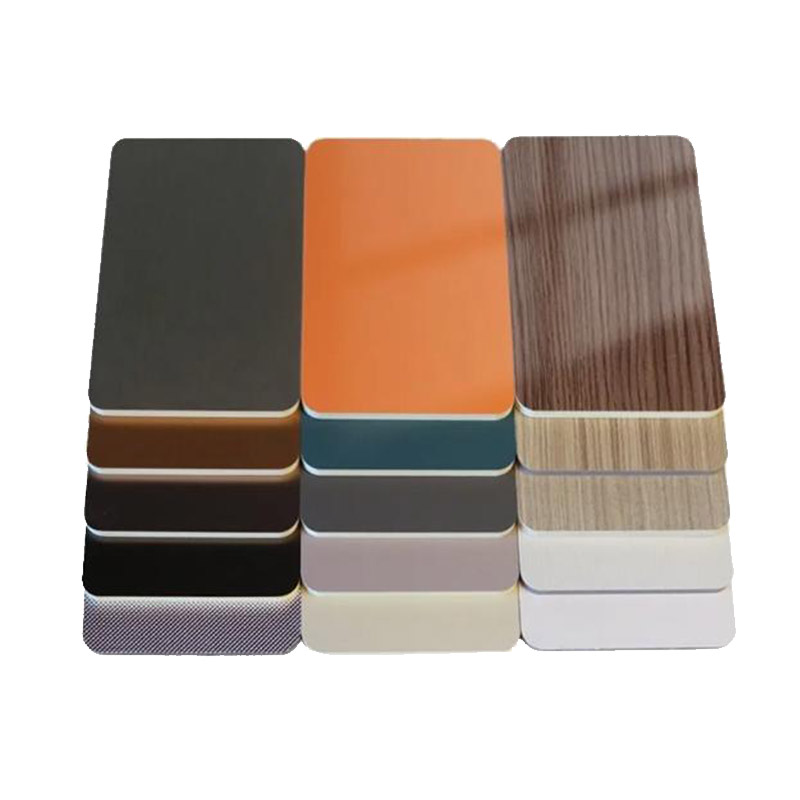What Are The Uses Of WPC Wall Panels?
WPC wall panels have become popular in recent years for architectural decoration due to the innovative composite construction of Wood Plastic WPC panels consisting of thermoplastic and wood fiber. WPC panels are an environmental wood substitute due to its combined qualities of plastic and wood fiber which offer an eco-friendly and practical wall covering solution. Because of the remarkable performance benefits WPC wall panels offer, they are quickly replacing many conventional wall coverings around the globe.
Table of Contents
Wood-plastic Composition is mainly made of Plastics (PP, HDPE, PVC, PS, ABS) and plant fibers (sawdust, waste Wood, tree branches, crop straw powder, chaff shell powder, wheat straw powder, peanut shell powder, etc.), combined with other additives. Various specifications of wood-plastic composite profiles formed by extrusion. This unique combination of formula offers wood-like texture while being waterproof, making WPC wall panels an exceptional choice in modern architectural constructions.

Advantages of WPC Wall Panels
The acceptance of the WPC panels has been rapid due to the following advantages WPC wall panels pose,
- Waterproof: as WPC wall panels are 100% impermeable, they can be used in humid environments.
- Mould resistance: due to the absence of organic nutrients, WPC wall panels can not be infested with mould or insects.
- Durability: wear and impact resistance, warranties traditional materials lifespans.
- Low maintenance: Need not be painted regularly and does not require any specialized maintenance, resulting in streamlined cleaning processes.
These benefits provide WPC wall panels an advantage in terms of their aesthetic requirements in various design scenarios.
Primary Applications of WPC wall Panels
Interior Decoration Applications
Living room/Bedroom: An Exquisite Option for Aesthetic Improvement
In contemporary interior design, the wall treatment of living rooms and bedrooms plays an important role in determining the general beauty and comfort of the area. WPC wall panels for living and bedroom walls feature sophisticated designs that replicate wood and stone grains, allowing for the convenient substitution of traditional wallpaper, paint, or tiles, and providing a breath of fresh air visually in living spaces.
The most significant benefits in terms of aesthetics in living rooms and bedrooms are the attractive and authentic looks. Today, the available designs of WPC wall panels are stunning and beautifully showcase the precious walnut, oak, and teak wood grains. Unlike solid wood, these wall panels do not undergo the color changes or cracking solid wood does over time. This makes these wall panels very attractive to homeowners who want a natural wood look, but require practicality.
Using WPC wall panels in the bedroom promotes quieter and more comfortable sleep by offering soundproofing and thermal insulation far superior to ordinary wallpapers and paints.
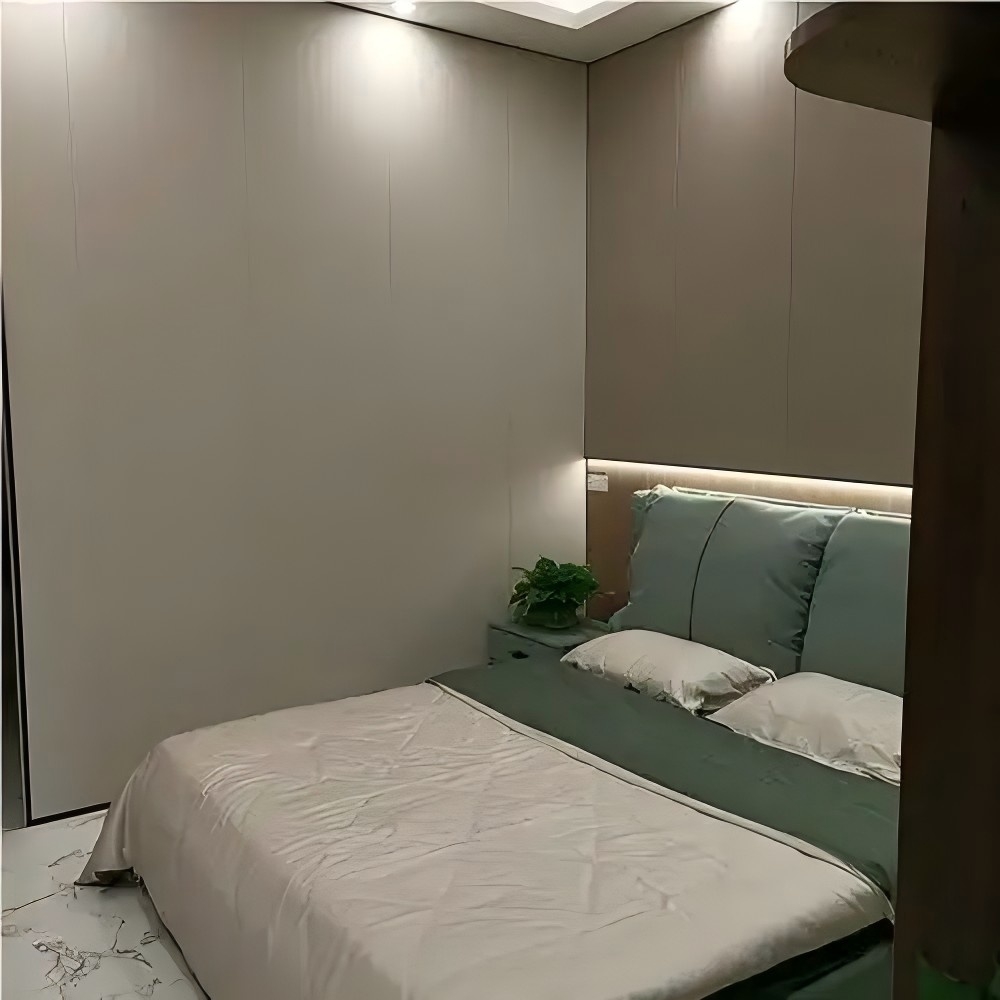
Kitchens and Bathrooms: The Preferred Spaces for Waterproofing and Moisture-Proofing
Due to high humidity, the kitchen and bathroom are prone to traditional wall coverings, paint, and wallpapers to peeling, bubbling, and mold staining. While tiles are waterproof, their grouted seams are prone to both staining and mold. These traditional wall coverings are incapable of WPC wall panels’ 100% impermeability, which eliminates all these challenges.
Practical applications of WPC wall panels are more favorable. They resist cooking fumes and steam, absorbing no grease, and simplifying daily kitchen cleaning to a single wipe. Because of their impermeability to moisture, these wall panels also do not support the growth of mold and undergo deformation, maintaining a pristine appearance for years.
The non-slip surfaces of the modern WPC wall panels devoted to bathrooms and kitchens showcase an aesthetic appeal while simultaneously providing safety, unparalleled attention to practicality and design.
Commercial Spaces: A Harmonious Combination of Strength and Aesthetics
Hotels, restaurants, and office spaces have unique requirements for wall coverings as they need to handle heavy traffic while presenting a stylish and contemporary image. WPC wall panels have proven to be very useful in these commercial spaces.
In upscale hotel lobbies, WPC wall panels with a marble-like texture contribute to a luxurious look while providing protection from damage. In bustling restaurants, these walls cut down maintenance costs with their easy-to-clean and stain-resistant features. In modern offices, a variety of colors and textures enhance corporate design.
WPC panels also demonstrate time-saving benefits for the commercial industry. In comparison to more traditional options, WPC wall panels are quicker to install, and in many cases, can be placed over existing walls, drastically reducing the time required for renovation construction.
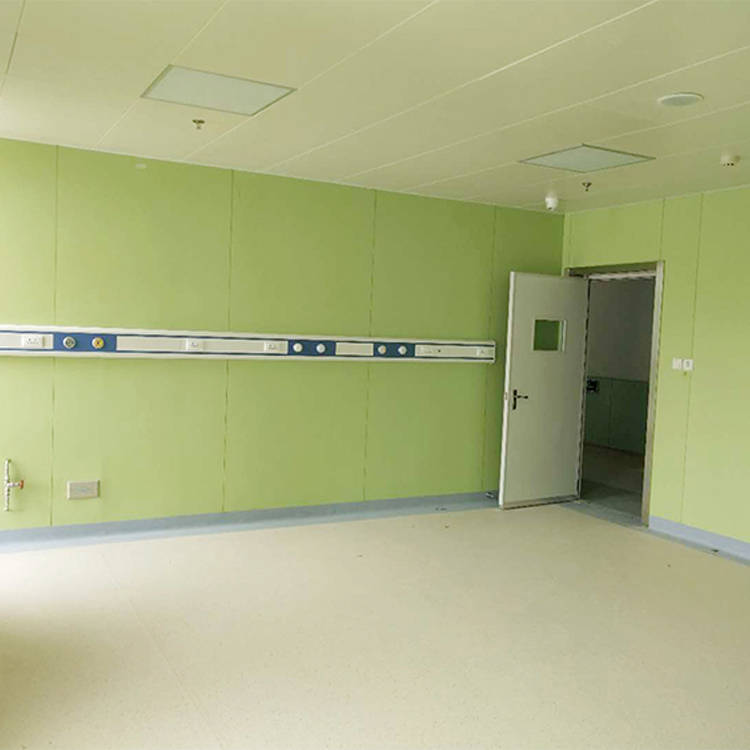
Outdoor Applications
WPC wall panels are also used for outdoor decorations like balconies, courtyards, and building exteriors. Quality WPC wall panels are UV and weather-resistant, enduring the exposure of the sun, rain, and temperature changes without losing their appearance and performance.
In outdoor settings, WPC wall panel design focuses on functionality, adding features such as aesthetic surface hardening, and also taking appearance into account. Numerous outdoor tones and textures seamlessly integrate with nature.
As an outdoor covering, WPC wall panels offer a “set and forget” approach because, unlike solid wood, they do not need outdoor preservatives, termite protection, or regular maintenance. This makes them an invaluable outdoor wall covering solution.
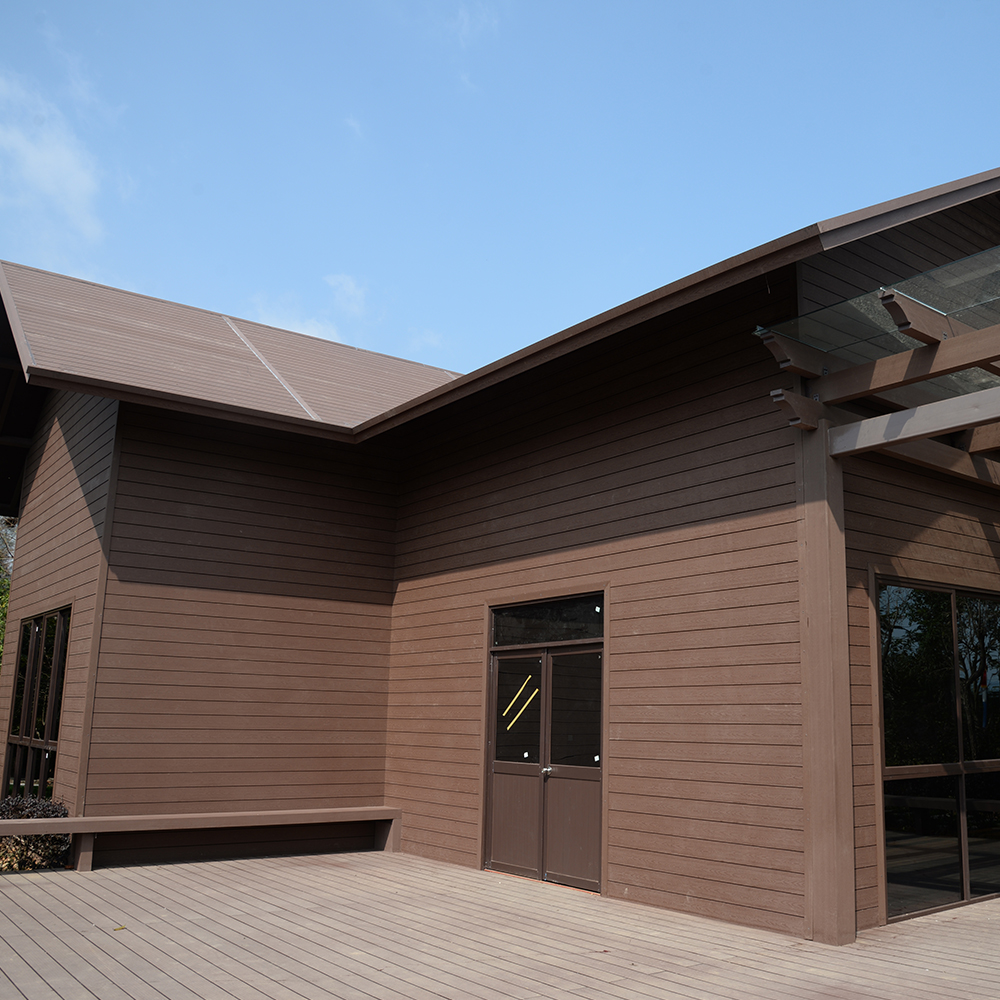
Design Flexibility of WPC Wall Panels
Customization is yet another attribute of WPC wall panels. Contemporary production techniques allow for aesthetic and functional needs to be incorporated into the WPC wall panel design.
The offer of colors is endless, starting from classic wood colors to trendy grays and bold colors to even vibrant ones, all made possible through masterbatch blending. Along with stone and wood textures, WPC wall panels offer more creative textures such as woven and geometric patterns.
The versatility of wall panels is highlighted through their adjustable dimensions. Unlike many traditional materials with set dimensions, WPC wall panels can be tailored to project specifications in length, width, and thickness. This increases the creative scope for designers and decreases material waste from on-site cuts.
This customization enables perfectly designed wall ornaments to fully align with the intended aesthetic for commercial projects or luxury homes, eliminating compromises due to material restrictions. WPC wall panels highlight the ever-expanding commercial potential for wall decorations. As the scope of design customizations increases, the potential uses of the panels will become even more multifaceted.
WPC Wall Panels VS Traditional Materials Comparison Table
| Comparison of dimensions | WPC wall panels | Traditional ceramic tiles | Solid wood wall panels | Gypsum board |
| Waterproofness | 100% impermeable, suitable for high-humidity environments such as bathrooms and kitchens | The surface is waterproof, but the seams are prone to water seepage and mold | It is prone to moisture absorption and deformation, and additional waterproof treatment is required | It is not waterproof and is prone to softening and mold when exposed to moisture |
| Durability | Impact-resistant and wear-resistant, with a service life of over 10 to 15 years | It is hard but brittle, and the edges are prone to damage | It is prone to scratches and cracks and requires regular maintenance | Low strength and prone to damage |
| Maintenance cost | No special care is required and it is easy to clean | The seams need to be cleaned regularly. It is troublesome to replace them after they are damaged | Regular waxing and touch-up painting are required | The surface needs to be painted or veneered, and it is complicated to repair after damage |
| Ease of installation | Dry construction, modular installation, high efficiency (can be directly laid) | Professional masons are required and the process is complex (leveling, tiling, and grouting). | It has a high requirement for the flatness of the base layer and requires professional carpenters | It requires a keel frame, and the joint treatment is cumbersome |
| Environmental friendliness | Recycled materials can be reused | High production energy consumption and non-biodegradable | Relying on natural wood leads to high resource consumption | Dust pollution is generated during the production process |
| Design flexibility | Supports customization of color, texture and size, with a realistic imitation of wood/stone grain | The pattern is fixed and the cutting loss is large | It relies on the natural grain of wood, with obvious color differences | Secondary surface decoration is required (such as pasting wallpaper) |
| Tactile comfort | Warm and gentle, not cold in winter | Cold and hard | Natural and comfortable | Rough and requires surface treatment |
| Application scenarios | Suitable for both indoor and outdoor use | Mainly used indoors (kitchens, bathrooms) | Limited to dry indoor environments (bedrooms, living rooms) | Limited to dry rooms (partition walls, ceilings) |
Comparison Summary:
- WPC wall panels perform outstandingly in terms of waterproof performance, durability and overall cost-effectiveness. They are an ideal choice for applications that aim to reduce maintenance work and need to adapt to various scenarios.
- Traditional tiles are more suitable for areas where the budget is not abundant, short-term waterproofing needs only need to be met, but long-term maintenance costs are relatively high.
- Solid wood wall panels are more suitable for users who pursue a natural appearance and have the ability to bear higher maintenance costs.
- Gypsum board: Recommended only for low-cost partitions or ceilings in dry areas.
The table clearly shows that WPC wall panels outperform traditional materials in most applications, particularly in humid environments, high-traffic areas, and for customized requirements.
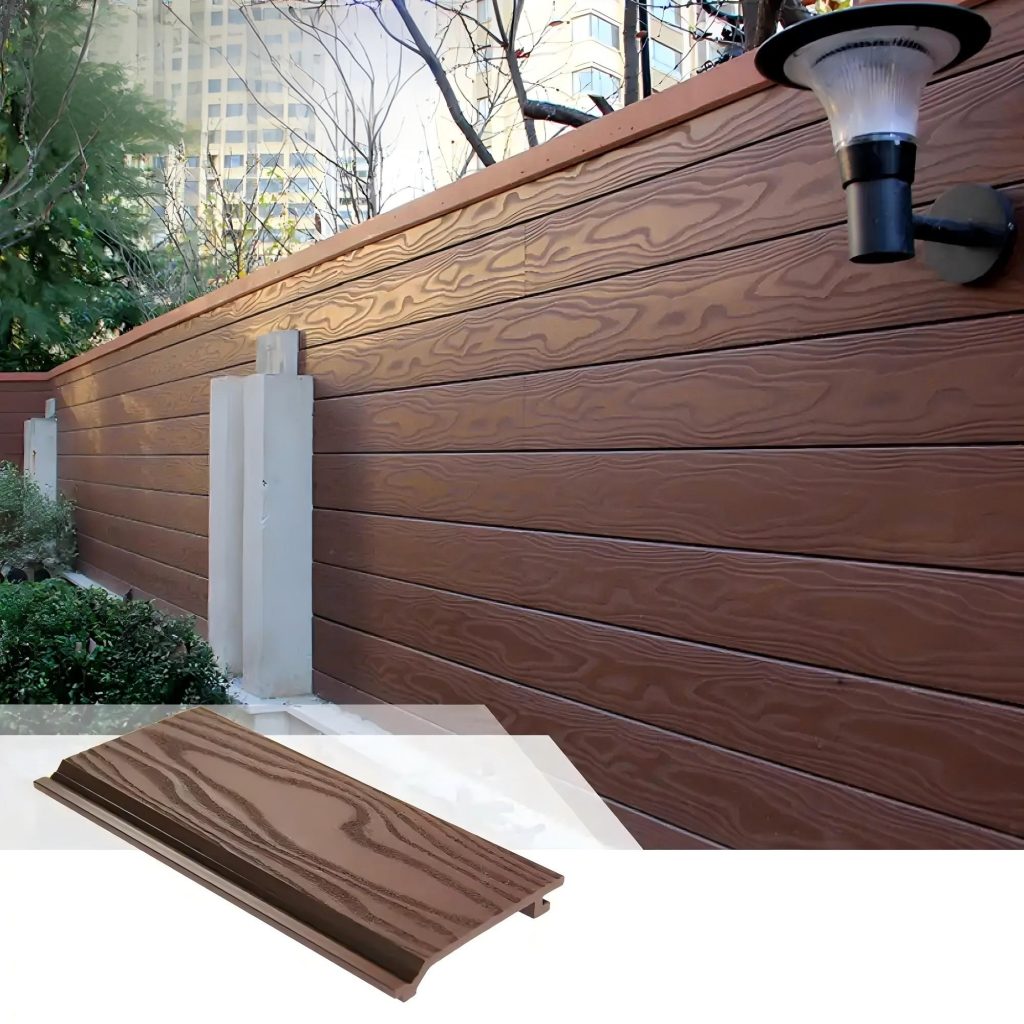
Precautions for using WPC wall panels
Even though WPC wall panels have multiple benefits, the following considerations need to be addressed to get the best results:
Installation Base Specifications: The wall on which WPC wall panels are to be installed should be flat (within 3mm) to avoid gaps or seams. Walls that are curbed need to be smoothed out beforehand. The good news is that since WPC wall panels are lightweight and require minimal wall structure, most cases where there are curbed walls, these walls can be easily covered.
Resistance to Harsh Conditions: For areas that receive excessive and continuous sunlight (like south-facing building façades and balconies), hot climate areas with direct sunlight, hot climate areas with direct sunlight, exposed to direct sunlight, and southern facing building façades, tapping into these areas using these areas using WPC wall panels with darker color is advised as those usually have more sun protective additives which lead to better weather resistance. While most WPC wall panels are UV resistant, unapologetically harsh climates will require optimally engineered materials to endure harsh climates.
Considerations for Thermal Expansion and Contraction: Similar to any material, WPC wall panels will expand and contract with temperature changes, albeit slightly. Professional installations will include necessary expansion joints, disguising them with specific moldings to maintain both beauty and integrity of deformation. If you want to achieve a seamless, flawless visual effect, this crucial design step should never be underestimated.
Regarding Cleaning and Maintenance: While WPC wall panels are known for their ease of cleaning, to maintain their long-lasting aesthetic, it’s recommended to use a neutral detergent and a rag for daily cleaning. Avoid using strong acids or bases, and avoid using hard objects like steel wool to scrub the surface. For exterior wall panels, proactively cleaning dust from the surface not only ensures aesthetics but also helps maintain functionality.
Regarding Quality Grade: The quality of WPC wall panels on the market varies widely, so consumers should choose the appropriate grade based on their specific needs. For example, in areas with high humidity, it’s recommended to choose a higher-density, more water-resistant style.
Conclusion
To summarize, the answer to the issue regarding the applications of WPC wall panels spans a broad spectrum, from private residences to commercial spaces, as well as from internal to external environments. WPC wall panels are revolutionizing the realms of wall decoration with effortless creativity, wall covering materials, and flexibility with design.
As a WPC wall panels serves as wall coverings, they combine aesthetic allure and practicality, overcoming many weaknesses of traditional materials. At the same time, they bestow boundless creativity and design flexibility to the patrons and designers. Be it a warm, organic, and inviting atmosphere of a family dwelling, commercial spaces require easily maintained and durable materials, or outdoor finishes that withstand various weather conditions, WPC wall panels provide answers that satisfy.
The future possibilities regarding the applications of WPC wall panels are bound to increase with the ever-developing technological domains and growing concern for the environment. For consumers and professional designers keen on wall renovations, knowing the properties and multifunctional applications of the materials will enable them to make ideal selections, resulting in spaces that withstand the test of time while effortlessly merging beauty and strength.

